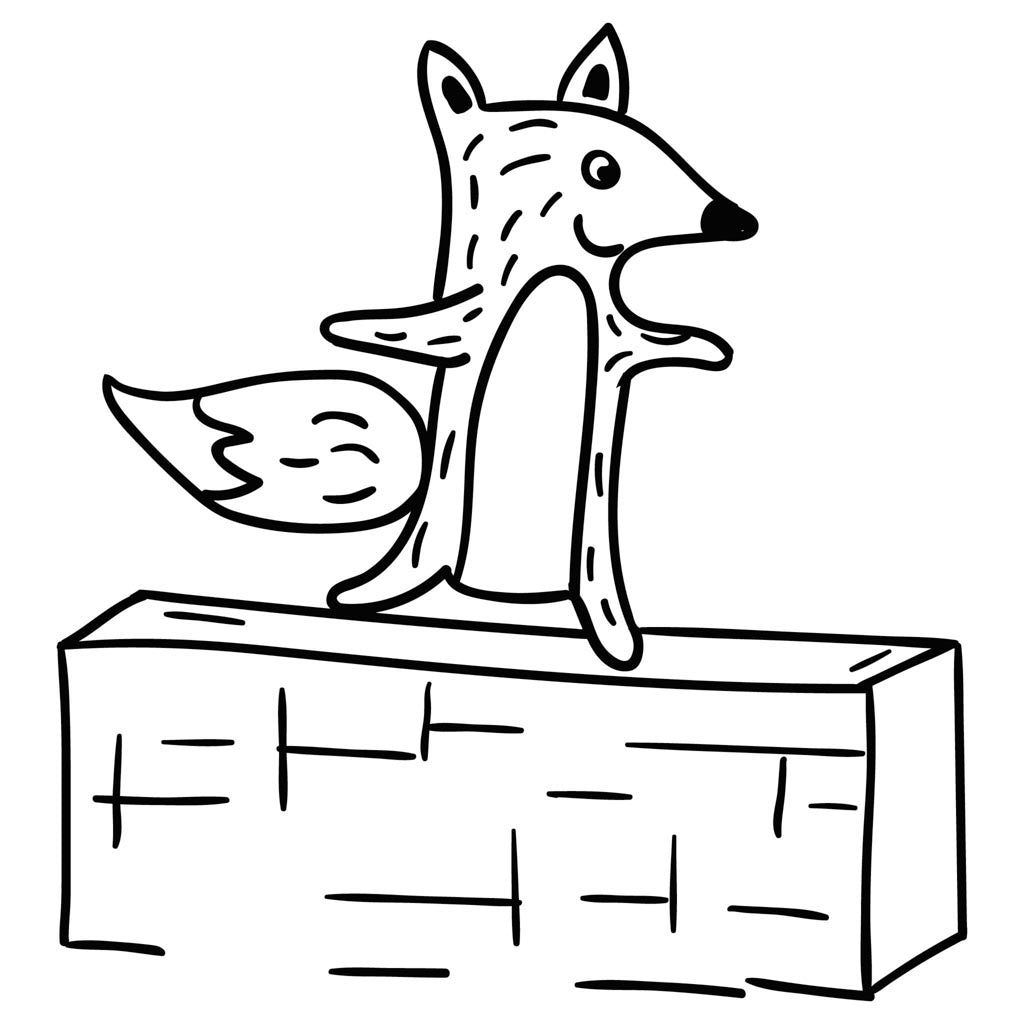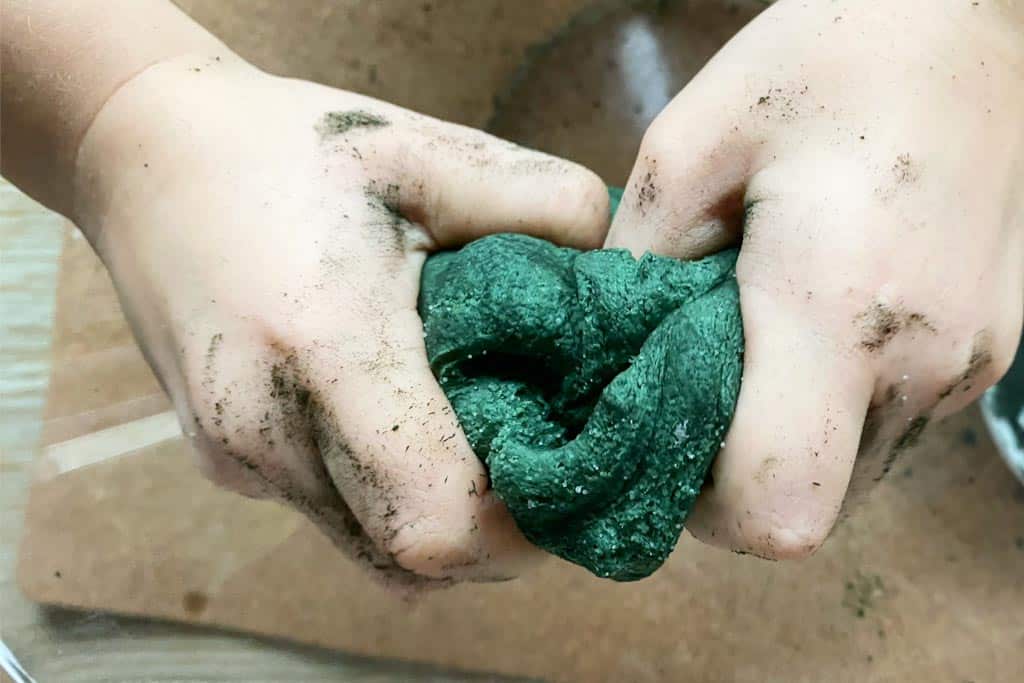Gak is slime and slime is fun.
There are some differences (see below) but, in essence, Gak is a slimy, sensory adventure that’s both fun to make and even more fun to explore.
It’s a wonderfully squishy and stretchy substance that has a unique texture and elasticity fundamentally different from most common play materials like play dough, salt dough, clay and plasticine. This remarkable substance is not quite a liquid and not quite a solid. It stretches, it squishes, it can be rolled into a ball and bounced, providing a fabulous sensory experience for your child.
Sensory play is key for toddlers and preschoolers as icky, slightly disturbing textures are both interesting and push back the boundaries of children’s tolerance of the unknown.
So, are you ready to transform your kitchen into a mini science laboratory? Here’s the recipe to make your own Gak at home:
Ingredients
- 240ml of white school glue (PVA glue)
- Food colouring (optional)
- 240ml of water
- 1 teaspoon of borax (a laundry booster found in most supermarkets) mixed in 240ml of warm water
Instructions
- In a large mixing bowl, combine the glue and the water. Stir until well mixed.
- If you choose to add a bit of colour, now is the time to mix in a few drops of your preferred food colouring.
- In a separate bowl, thoroughly dissolve the borax in warm water.
- Gradually add the borax solution into the glue mixture, stirring continuously. You’ll notice the solution start to gel and form into a squishy substance – this is your Gak!
If your Gak feels too slimy or wet, don’t worry. Just remove it from the bowl and knead it with your hands. The more you knead, the less sticky it will become.
Once your Gak is ready, allow your children to explore its interesting properties. They can stretch it, squish it, roll it, and even make it make strange slurping sounds by squishing it inside a container. It’s not just the tactile experience that will fascinate them; the unusual behaviour of Gak promotes curiosity and can spark questions about why it behaves the way it does.
Gak variations
- Glitter Gak. Add some sparkle to your Gak with a few shakes of glitter. It’ll add a visual element that can make playtime even more engaging.
- Scented Gak. Stir in a few drops of child-friendly essential oils to your Gak mixture for an added olfactory dimension.
Remember, though Gak is safe for play, it should not be eaten, so please supervise younger children while they are playing with it.
Cleaning up after your Gak adventures is quite simple. Store the Gak in a sealed plastic bag or airtight container when not in use. If left out, it will dry up and lose its stretchy properties. Any dried Gak can be easily cleaned off surfaces with a bit of warm water and soap.
So, why not give your children a chance to play and learn with Gak? They’ll be having so much fun they won’t even realise they’re learning science along the way. Enjoy the messy fun!
What’s the difference between Gak and slime?
Slime and Gak are similar in many ways, as they both provide fascinating sensory experiences and are frequently used for the same types of play activities. Both can be made at home using accessible ingredients, and both are “Non-Newtonian fluids,” meaning they don’t behave like typical liquids or solids.
However, there are some slight differences in texture and consistency that distinguish Slime from Gak:
- Texture and consistency. Slime is typically more stretchy, gooey, and drippy compared to Gak. It often has a smoother and more fluid texture. On the other hand, Gak (also known as flubber) is usually a bit firmer and holds its shape slightly more than slime. It can be more rubbery and bouncy.
- Recipe differences. The recipes for Gak and slime are very similar, but often a Gak recipe might contain more of the binding agent (like borax), resulting in a firmer texture.
- Origin. The term ‘Gak’ originated as a product name from the toy company Nickelodeon in the 1990s. Their product, Nickelodeon Gak, was a squishy, rubbery substance sold in a star-shaped container. ‘Slime,’ on the other hand, is a more general term for a variety of homemade and commercial gooey mixtures.
Gak and slime are very similar, the main differences come down to their texture and consistency, with Gak being typically more rubbery and slime being more gooey and drippy.




